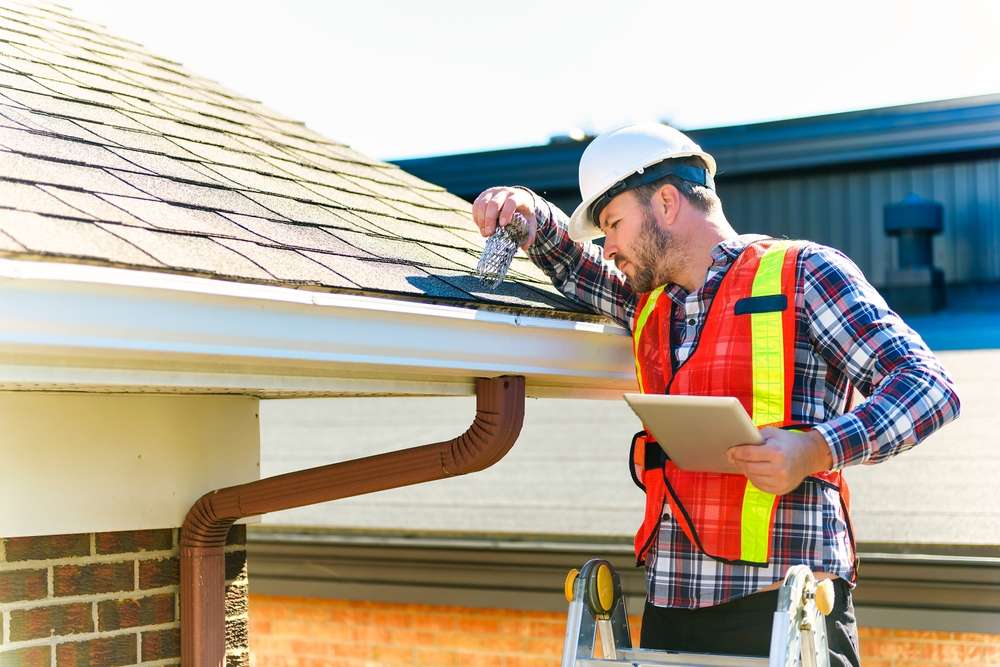Garage Door Repair: Practical Guide for Homeowners
A malfunctioning garage door can interrupt daily routines, create safety hazards, and reduce curb appeal. This guide explains how to inspect your garage system, understand common garage door problems, decide between DIY repair and professional help, maintain your home’s entry point, and choose a qualified contractor. Read on to get clear, practical steps that improve safety and prolong the life of your door.

garage: What to inspect first
Start with a visual and audible inspection of the garage area. Check the door panels for dents, warping, or gaps; look at the tracks for bends, debris, and loose fasteners; and listen for grinding or squeaking when the door moves. Also inspect the weatherstripping along the bottom for cracks or separation, since damaged seals invite drafts and moisture. Regular inspections help identify small issues before they become expensive repairs and keep the garage functioning reliably.
Begin a mechanical check: manually lift the door about halfway and release it to see if it stays in position. If it drops or rises, the springs or balance may be out of adjustment. Test the opener by pressing the wall switch and remote; note slow starts, stops, or inconsistent operation. Finally, examine safety features such as photo-eye sensors and automatic reversal mechanisms to confirm they respond correctly to obstruction. These early steps narrow down likely causes and guide repair choices.
garage door: Common problems explained
Several recurring issues affect garage doors regardless of make or model. Broken springs are a frequent cause of door failure and can be dangerous to replace without proper tools and training. Misaligned or bent tracks produce noisy, jerky movement and can derail the door if not corrected. Worn rollers and hinges increase friction and stress on the opener, while frayed cables risk sudden failure. Opener motor issues, electrical faults, and sensor misalignment round out the typical list of problems homeowners face.
Symptoms often point directly to the underlying fault: loud snapping usually signals a spring failure, while uneven movement suggests track or roller problems. Persistent grinding or a burning smell may indicate motor overload or electrical trouble in the opener. Documenting what you see and hear when the failure occurs will help a repair technician diagnose the issue faster and give you a clearer understanding of whether repairs are minor or likely to require replacement of major components.
repair: DIY vs professional decisions
Some maintenance tasks are suitable for homeowners, while others demand a professional. Lubricating rollers, hinges, and springs with a silicone or lithium-based lubricant, tightening loose hardware, and replacing weatherstripping are generally safe DIY jobs. Always disconnect the opener and use proper supports before working beneath the door. However, spring replacement, cable repairs, and major track straightening involve stored energy and alignment precision; these pose significant injury risk and typically require a licensed professional.
When deciding, weigh skill level, tools, and safety. If a repair requires specialized tools like winding bars for torsion springs, or involves heavy components, call an experienced contractor. Clear communication about symptoms, the door’s age and make, and any recent incidents helps a technician prepare and often reduces diagnostic time. Keep records of maintenance and repairs to track recurring issues and make future service decisions easier.
home: Safety and maintenance checklist
A routine maintenance schedule keeps your garage door safer and more reliable. Monthly checks should include testing the auto-reverse safety feature by placing an object in the door path, inspecting opener batteries and remote controls, and looking for visible wear on cables and springs. Every six months, clean and lubricate moving parts, tighten bolts and brackets, and remove debris from tracks. Seasonal checks are useful too: ensure weatherstripping remains intact before winter and verify insulation if you rely on the garage for temperature-sensitive storage.
Maintain a written checklist and note dates of service, parts replaced, and any odd behavior. This helps with warranty claims and provides useful history for a contractor if professional repair becomes necessary. Consider upgrading to safety-enhanced openers or adding lighting and sensor improvements if your current setup lacks modern safety features. Proper maintenance not only increases longevity but also lowers the likelihood of sudden failures that could affect daily life.
contractor: How to choose a reliable one
Selecting a competent local contractor protects both safety and investment. Look for licensed, insured providers with specific experience in garage door systems rather than general handymen. Read reviews and request references, and confirm that technicians use manufacturer-approved parts. Ask about warranties on parts and labor, response times for emergency calls, and whether the contractor performs a safety inspection after completing work. Clear upfront estimates and written work orders reduce misunderstandings.
Before hiring, verify credentials and inquire about training on your door’s brand. A trustworthy contractor will explain diagnostic findings, present repair versus replacement options, and show the damaged parts when relevant. For ongoing peace of mind, consider building a relationship with a reputable service that offers routine maintenance plans; predictable upkeep reduces long-term costs and ensures consistent safety standards for your home.
A well-maintained garage door enhances convenience, safety, and home value. Regular inspections, sensible DIY maintenance, and informed choices about repairs and contractors keep systems running smoothly. Documenting maintenance and knowing when to call a professional are practical habits that protect your property and minimize unexpected disruptions.






